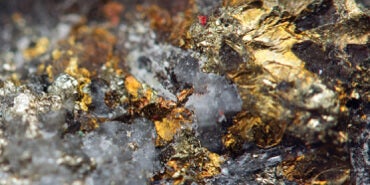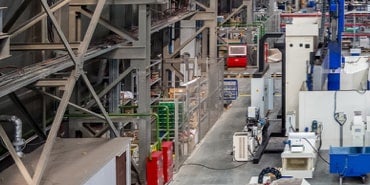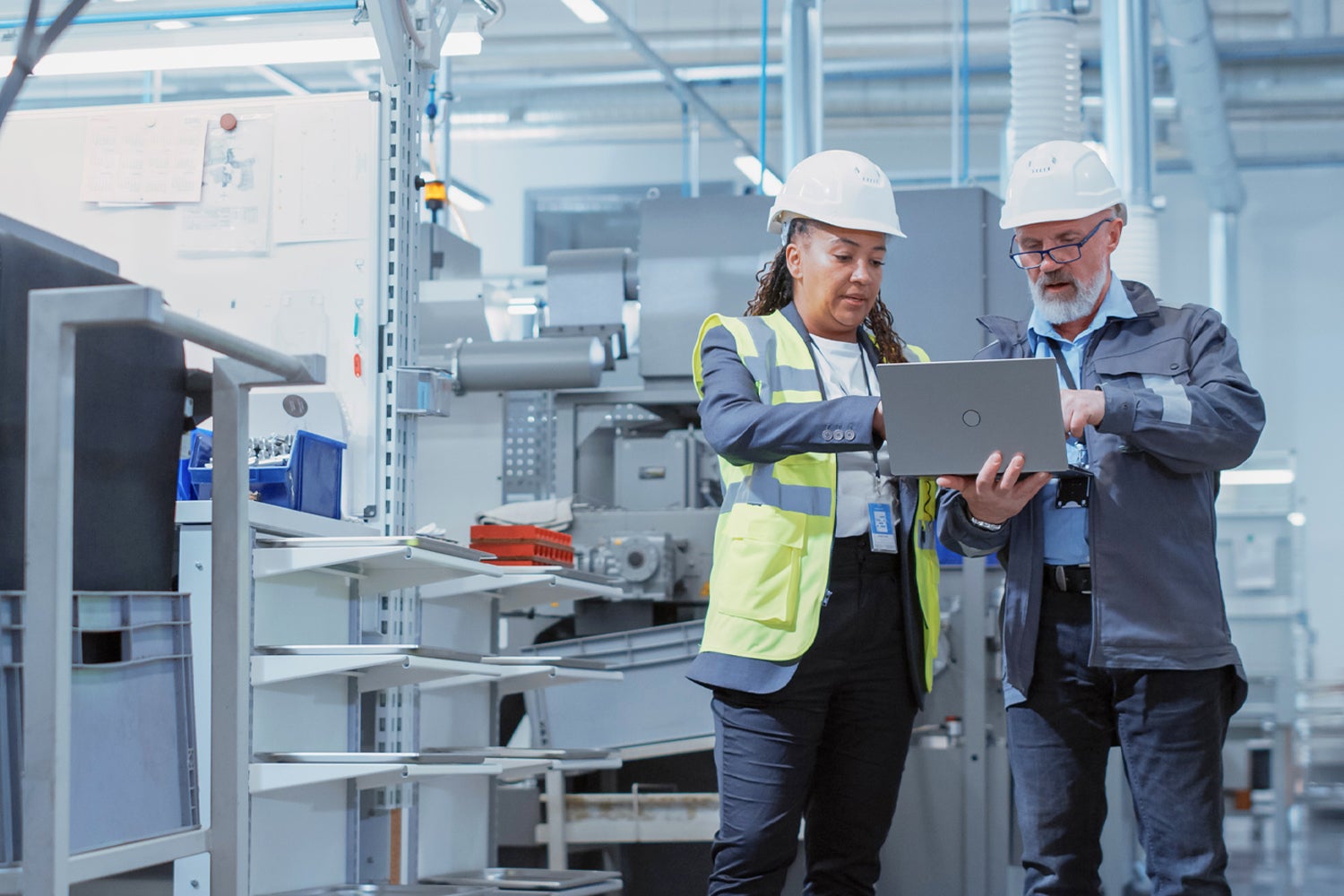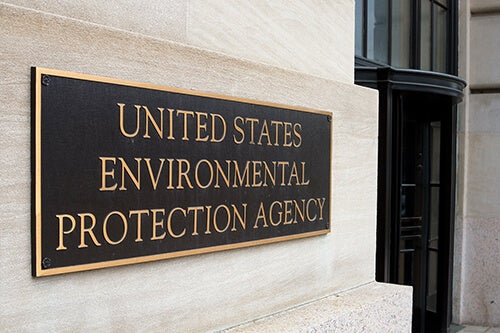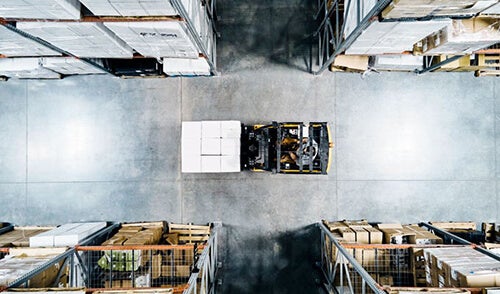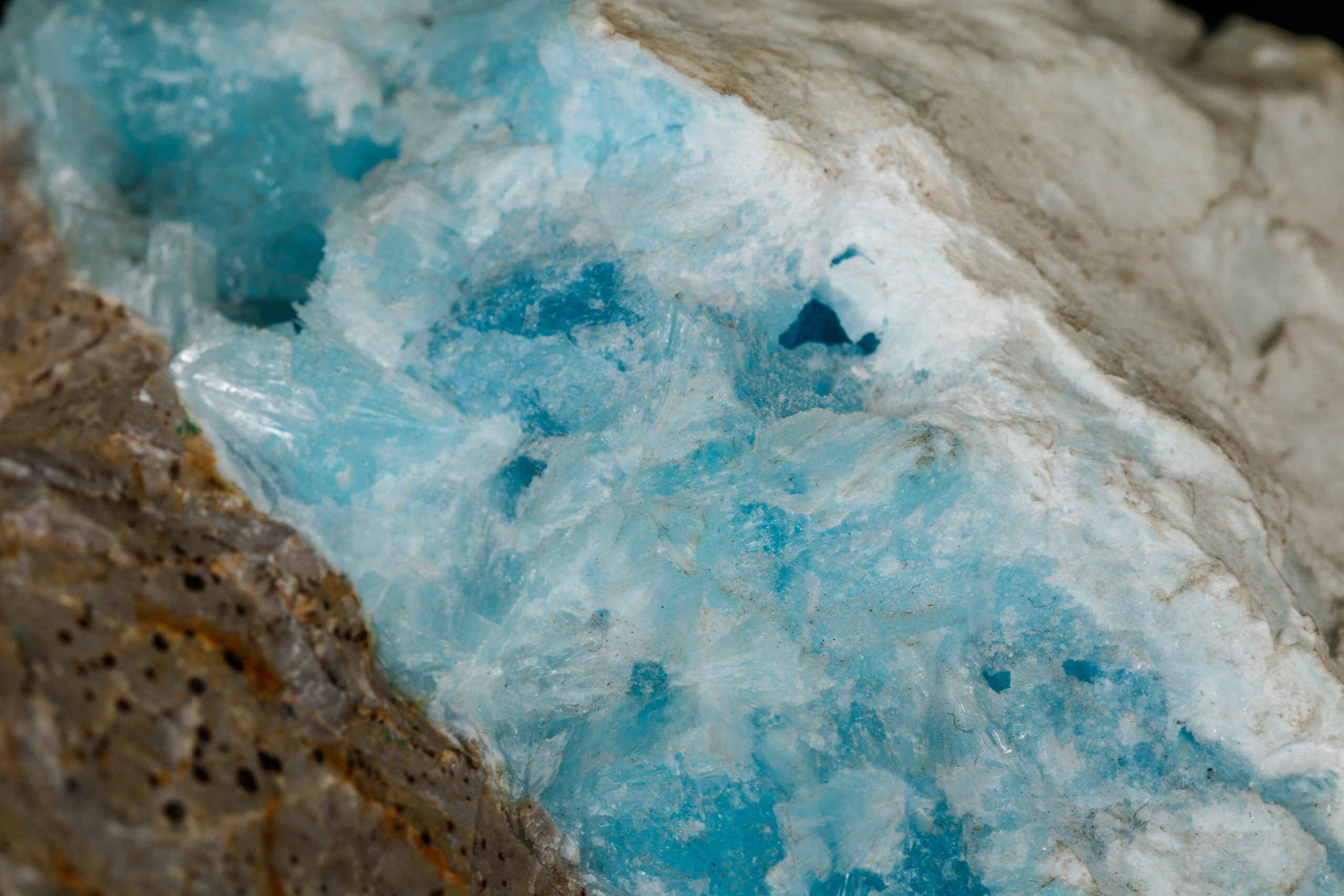Cobalt can serve as a powerful tool in the fight to reduce carbon emissions due to its critical role in lithium-ion batteries and other sustainability use cases. Yet, cobalt also presents risks to manufacturers due to the environmental damage and, to a greater extent, human rights abuses occurring during the mining process.
How can you source cobalt responsibly? This blog post explores the issues with cobalt mining and what steps manufacturers can take to invest in sustainable sources of cobalt.
Cobalt Mining: A Primer
Cobalt has a variety of uses, including lithium-ion batteries, superalloys, airbags, and petroleum and chemical processing. As cobalt is a secondary product of nickel and cobalt mining, its supply chain is convoluted, and can expose manufacturers to risk.
The Democratic Republic of the Congo (DRC) serves as a hub for global cobalt mining; over half the world’s cobalt resources can be found there, and nearly three-quarters of cobalt mining takes place there.
Two types of cobalt mining take place in the DRC: artisanal small-scale mining (ASM), in which independent miners use their own resources to mine, and large-scale industrial mining. ASM operations comprise approximately 15 to 35 percent of cobalt mining in the DRC, with industrial mining operations comprising the remaining 65 to 85 percent.
Although ASM operations represent a minority of cobalt mining operations in the DRC, it plays an enormous role in the economy. Millions of Congolese people rely on ASM cobalt for their living, making it impossible to outlaw it or ignore it. There are three major issues associated with them:
- Child labor
- Hazardous working conditions
- Corruption and exploitation of local workers
Child Labor
Cobalt mining can become a family affair for ASM operations. Young children assist their parents in picking ore out of rock slabs. David Sturmes, in charge of corporate engagement and strategic partnerships at the Fair Cobalt Alliance (FCA), noted that teens participate in ASM to earn money for school fees.
Eliminating child labor is not as simple as barring children and teens from small-scale mines, Sturmes explained. Many families don’t have child care available for their young children, while teenagers need their earnings to continue their education. Children of all ages engaged in mining require a range of interventions, including health, psychological counseling, vocational training, and secondary education.
Hazardous Working Conditions
Small-scale miners do not have access to the same resources as industrial mining operations, including effective tools, safety equipment, and safety training. Independent miners must make their way across rickety shafts, while women wash raw mining products (which are often full of toxic metals and may be radioactive). Injuries and even fatalities abound in ASM operations.
Corruption & Exploitation of Local Workers
Both industrial mines and ASMs in the DRC are fraught with corruption and opportunities to exploit local workers. In many cases, small-scale miners enter industrial mining sites at night. They bribe security guards with bags of ore. When ASM operations take place at industrial sites with the permission of the mining company, the company might choose not to buy the extracted cobalt, which forces the miners to find alternate buyers. It is also common for miners to receive less than market value for what they’ve extracted.
Can You Source ASM Cobalt Responsibly?
With all of the issues facing ASM cobalt, it would be much simpler for manufacturers to avoid it and only purchase industrially-mined cobalt.
Prepare for customer and investor requests for cobalt reporting with our best practices handbook, Cobalt: Responsible Sourcing in Your Supply Chain.
However, as David Sturmes of the FCA pointed out, avoiding ASM cobalt completely is virtually impossible. Cobalt mined by small-scale operations loses its provenance when it gets into the supply chain, a 2019 report from the Organisation for Economic Co-operation and Development (OECD) revealed. That means purchasers don’t know who has mined their cobalt – it could be from an industrial operation or from ASM operators.
Additionally, refusing to buy from ASM operations does not mean that ASM will disappear. As Susannah Mclaren, Head of Responsible Sourcing and Sustainability at the Cobalt Institute, noted, ASM is a strategic source of cobalt. By not investing in it, manufacturers allow the abuses mentioned above to persist.
When manufacturers think about the risks ASMs pose within their supply chains, their first instinct should not be to eliminate them from their supply chain. Rather, they should think about how ASMs act as a linchpin in a local economy. Investing in sustainable, responsibly-sourced cobalt offers manufacturers the opportunity to improve the livelihoods of thousands of people.
What Can Manufacturers Do to Improve ASM Conditions?
Susannah Mclaren and David Sturmes believe that manufacturers have a vital role to play in responsible cobalt sourcing. “The UN Guiding Principles on Business and Human Rights should be a starting point,” Mclaren commented. The first foundational principle of the corporate responsibility to respect human rights is that businesses should avoid infringing on the human rights of others, and they should address any adverse impacts on human rights with which they’re involved.
One of those rights is enshrined in Article 23 of the Universal Declaration of Human Rights: the right to work. By choosing industrially-mined cobalt (and ignoring the presence of ASM cobalt in the supply chain), manufacturers deny small-scale cobalt miners the right to make a living. “From a supply chain perspective,” Mclaren stated, “ASM is a strategic source of cobalt. You want to invest in it to improve access to it.”
How can manufacturers improve ASM conditions for more responsible cobalt sourcing? Mclaren remarked that a number of original equipment manufacturers (OEMs) are working directly with ASMs to improve safety conditions, ensure the absence of child labor, and establish fair wages for miners.
While manufacturers can invest in upstream cobalt sourcing by legitimizing ASM cobalt, they can also push accountability and transparency downstream through their supply chain. Mclaren commented that a manufacturer’s cobalt purchasing model matters a great deal, too. When a manufacturer purchases directly from small-scale miners, corrupt intermediaries can’t participate in the process. Removing the middleman significantly reduces opportunities for exploitation.
Sturmes remarked that industrial miners have a role to play in responsible mineral sourcing, too. “The OECD and non-governmental organizations promote collective action,” he said. Collective action “allows for the immediate sharing of learning, a pooling of expertise and greater transparency.” In addition, collective action “allows us to take risks,” he noted. “If we don’t, it will perpetuate the status quo.”
How Assent Can Help Ensure Responsible Cobalt Sourcing
To ensure responsible sourcing from upstream actors, you need transparency into your cobalt supply chain. Assent’s Extended Minerals solution allows you to see deeper into your supply chain to improve cobalt sourcing.
The Extended Minerals solution identifies high-risk suppliers and prioritizes them so you can screen them further and/or provide training. You gain full supply chain transparency, including individual supplier performance across all areas of risk. To learn more about how Assent helps you eliminate mineral sourcing risks from your supply chain, Contact us
